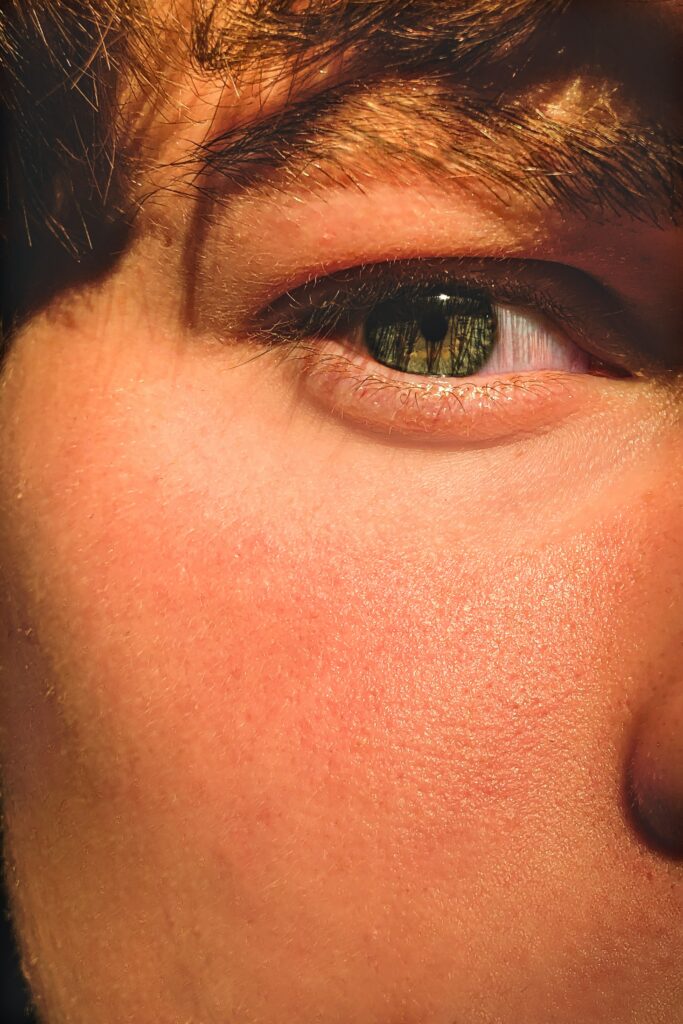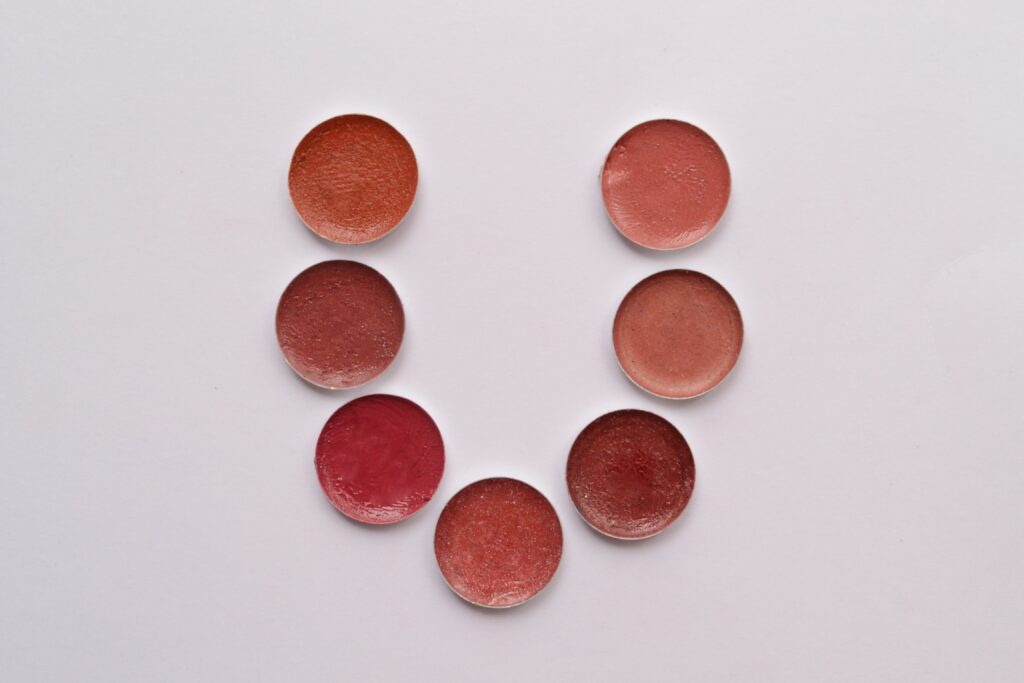Greetings, esteemed reader! Behold the “What Is My Skin Tone?” examination. Skin tone is a fundamental facet of our physical countenance, and comprehending its distinctive nuances is indispensable for sundry intentions such as pinpointing appropriate cosmetics or selecting apt medical regimens.
Nonetheless, arriving at an accurate appraisal of one’s skin tone can be arduous due to multitudinous factors that play a vital role in influencing it (genetics, sun exposure, and other environmental aspects).
The nuances of human appearance are multifaceted and intricate, with skin tones representing an amalgamation of various factors including genetic predisposition, environmental influences, and societal constructs.
Skin tone denotes the pigmentation level of one’s epidermis ranging from alabaster to obsidian shades and everything in between. Cognizance of skin tones extends beyond aesthetic industries as it possesses vital importance in medical and social realms alike.
Do you sometimes wonder “What Colors Look Best On Me?” Today you can find the answer! Take this quiz to get your results!

The hue and multifariousness of melanin, a chromophore generated by melanocytes in the epidermal layer, is the principal determinant of human skin coloration. The synthesis of this pigment is regulated by genetic predisposition, solar radiation exposure, as well as other extrinsic factors.
Eumelanin and pheomelanin are two fundamental subclasses of melanin: while eumelanin generates tints ranging from chocolate brown to jet-black hues, pheomelanin imbues tones that span from reddish-orange to yellowish-pink chromas.

Guided by the Fitzpatrick scale, which was formulated in 1975 as a result of scholarly pursuits conducted by renowned Harvard physician Thomas B. Fitzpatrick, skin tones are usually delineated into six distinct clusters rooted upon a combination of two essential determinants: both the epidermal pigmentation level and subsequent solar light responsiveness. These half-dozen classifications include:
It is of utmost importance to bear in mind that the hue of one’s dermis does not invariably denote inheritance or genealogy. Despite certain pigments being more prevalent within particular ethnicities, complexions possess a vast array across and within racial and ethnic cohorts.
Want to find your Make-up Style? Take our Dear Peachie Quiz! Answer every question to get the result and find your Make-Up Style!
Indeed, parallel to the Fitzpatrick scale, there exist diversified nomenclatures deployed to categorize the infinitely unique shades of human skin tone. Amongst these is the Lab* color space – a highly intricate classification schema adopted in the cosmetics domain for purposes such as harmonizing foundation hues with varying skin tones.
The Lab* universe supplements melanin content assessments by incorporating additional attributes like chromaticity and hue angles that account for redness or yellowness within an individual’s complexion.
Comprehending the nuances of skin tones assumes paramount significance in multifarious contexts. Within the medical fraternity, dermatologists harness their awareness regarding these subtle variations to effectively diagnose and alleviate chronic conditions such as skin cancer and eczema.
Similarly, connoisseurs of fashion and beauty industries adroitly exploit their comprehension of this facet to craft visually appealing looks that affably accentuate an extensive gamut of skin shades. Socially pertinent ramifications also permeate nuanced appreciation for divergent spectrums of human complexion; it serves as a potent weapon in combating overarching issues tied to racism and colorism.
Need to know your undertones? Check our Skin Undertone Test! Answer all of the questions to get your results now!

It is crucial to acknowledge the intricate complexities of skin tone discrimination while comprehending different gradations of pigmentation. This societal malaise, commonly known as colorism, posits a deleterious impact on individuals’ sense of self-worth and access to opportunities.
The nebulous effects implicate an inequitable preferential treatment towards those with lighter shades in spheres such as education and employment, whilst serving darker-skinned people with ingrained prejudice and unfairness. It is essential for us to recognize our culpability in addressing this obtuse issue that impedes progress toward amalgamating society into inclusive communities.
Do you want to find your personal color? If so, take our Personal Color Test! Click the link to answer all of the questions and get the result!
Glimpsing and confronting colorism necessitates an uninterrupted exertion to grasp and dismantle pernicious attitudes and convictions. This entails confronting aesthetical conventions that espouse lighter skin hues while encouraging diversity and inclusivity throughout media outlets. Strides towards consciousness-raising campaigns coupled with enlightenment initiatives can also expedite the annihilation of colorism whilst propelling parity and integration.
Do you ask yourself “What Color Should I Paint My Nails?” Take this quiz to find out!
There has been a conspicuous surge in recent times toward exalting and cherishing the splendor of all skin tones. This upward trend encompasses an augmented representation of multifarious skin tones in media and fashion, coupled with an upsurge in inclusive beauty products that cater to a broader spectrum of skin tones.
The advent of social media platforms has also played a pivotal role in bolstering positive representation of the diversity inherent in different skin pigments, as evidenced by hashtags like #melaninpoppin and #blackgirlmagic which exultantly glorify the array of hues found black and brown-skinned individuals alike.
Is the question “What Color Should I Paint My Room?” on your mind recently? You’ve come to the right place! Click the link to find it out!

As a denouement, the multifaceted and heterogeneous nature of dermal pigmentation renders it an indispensable element in every facet of human existence. To construct an inclusive and accepting polity, it is crucial to acknowledge and commemorate the gamut of skin hues.
Moreover, acknowledging and confronting color prejudice is pivotal in instating parity and uprooting intolerance. In embracing and lauding all variations of skin tones, we pave way for the establishment of a more diverse, comprehensive, and accommodating society.
Do you still have some questions about your skin tone? If so, we invite you to read this article about Finding Your Skin Tone! Click the link to read more!
The utilization of the Fitzpatrick scale, a trusted and established system for categorizing skin tones based on the concentration of melanin in the epidermis and its responsiveness to solar radiation, serves as the guiding principle for this assessment.
Through a series of inquiries regarding your unique complexion and personal routine, this interrogation endeavors to furnish you with an informed perspective on your specific skin tone classification. Steel yourself to divulge pertinent details about your integumentary composition as we embark upon uncovering which category accurately characterizes your vitality!